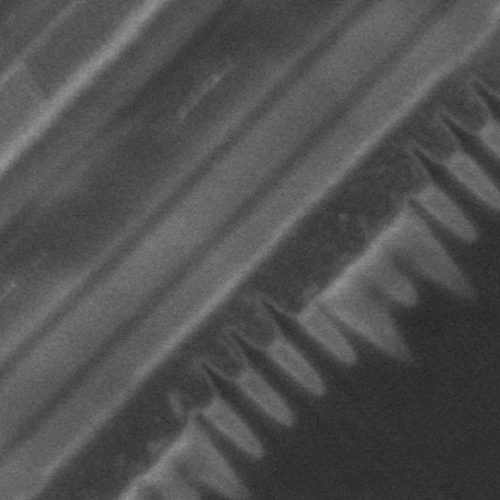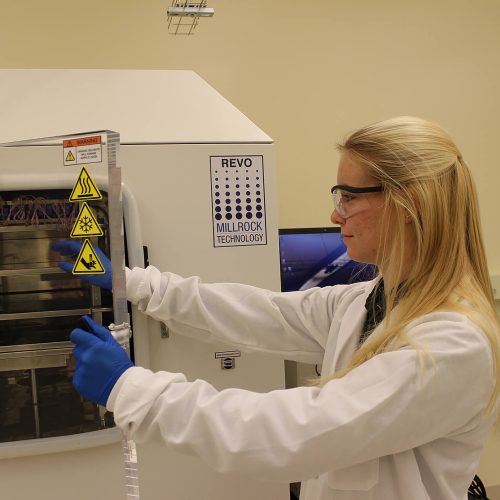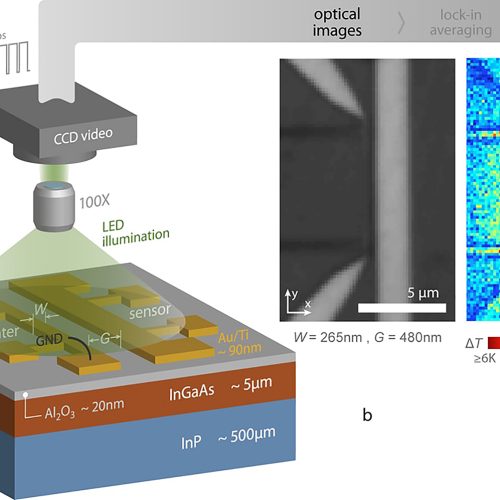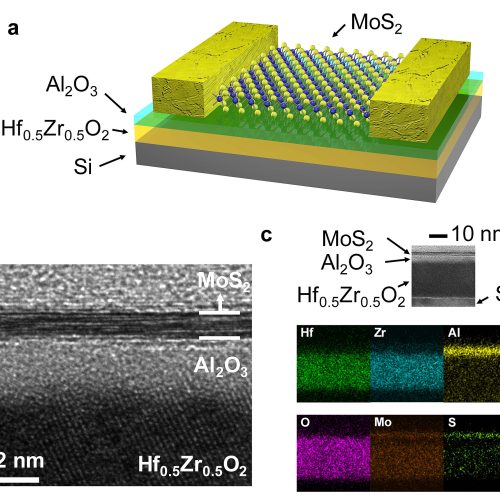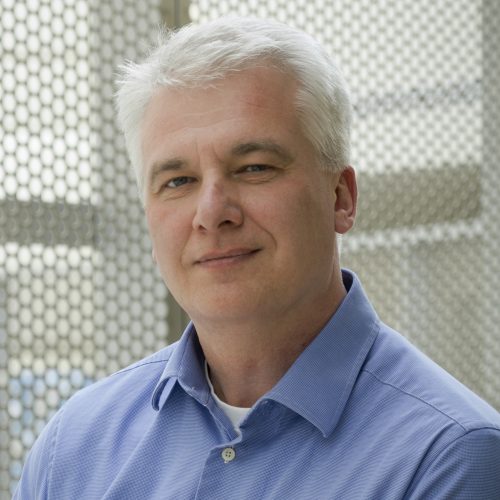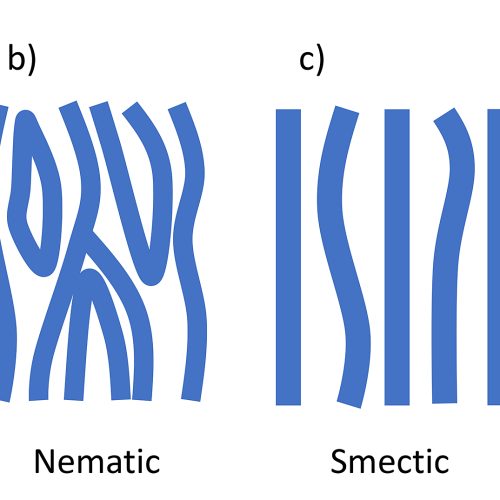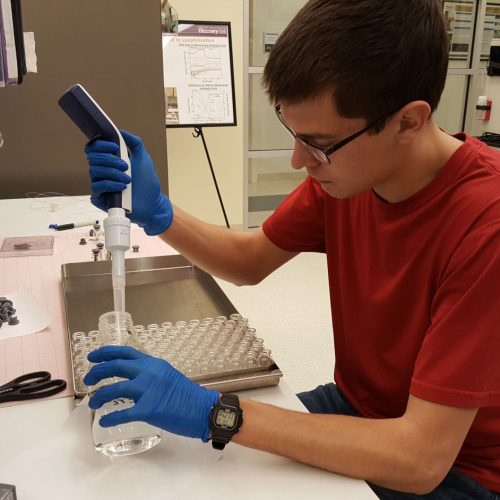
February 19, 2018
Purdue-based consortium works on improving freeze-drying technology
"This whole industry is very much stuck in the '60s and '70s," said Drew Strongrich, a Ph.D. student in aeronautical and astronautical engineering.
Strongrich spoke eagerly about his work as he walked around the room, pointing out various sensors and instruments.
He is working on improving a technology known as "lyophilization." It refers to a freeze-drying process that is important for many pharmaceutical and food manufacturing applications. Removing water from various products can improve their shelf life. Water is traditionally removed from products by heating the product and evaporating water vapor. However, many products, including certain drugs and foods, cannot withstand the required heat, so another method is required.
